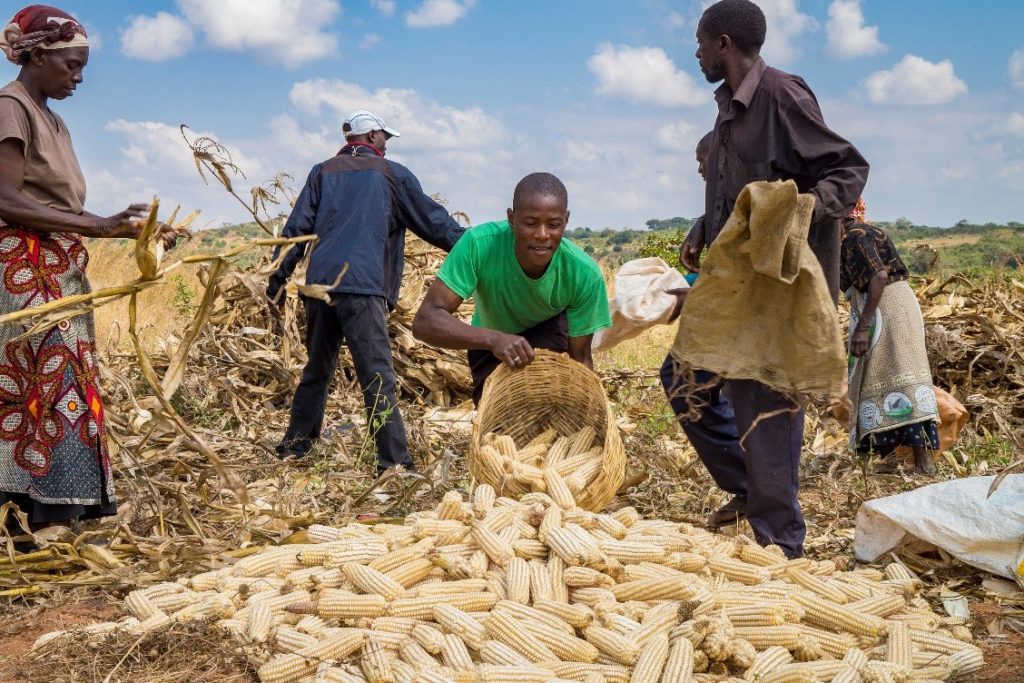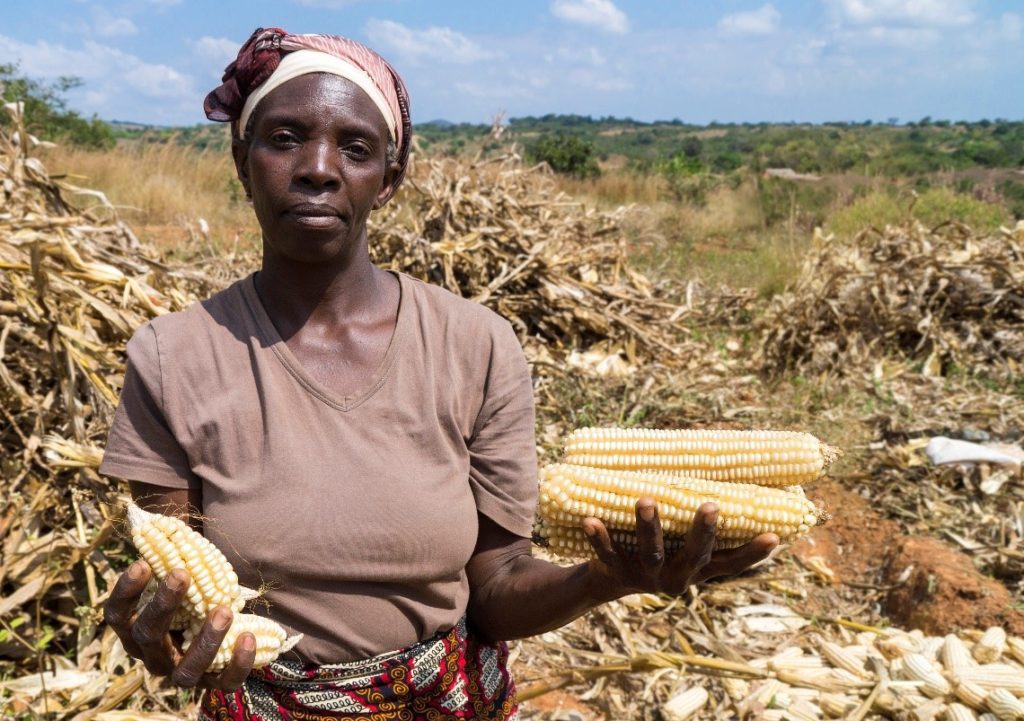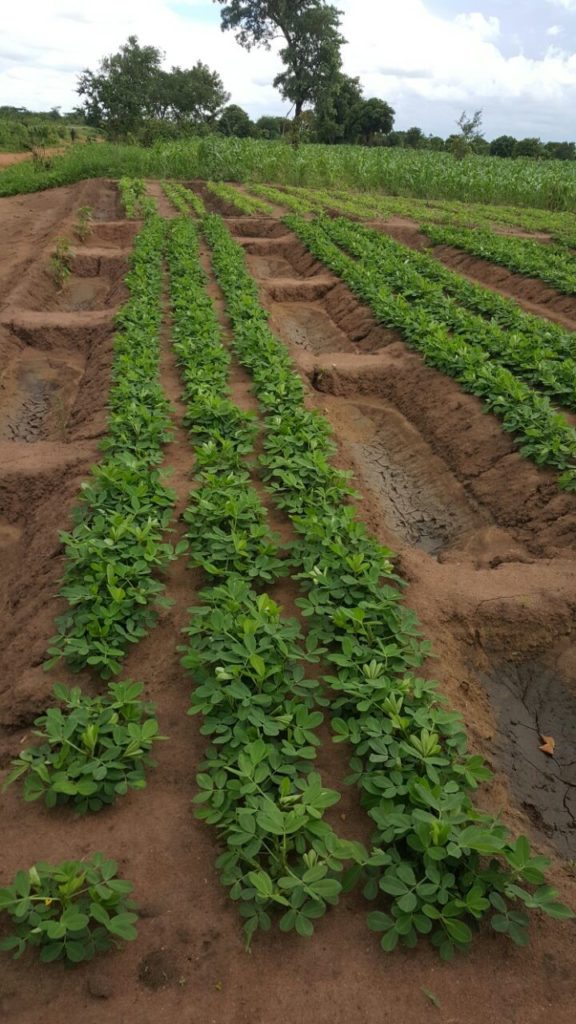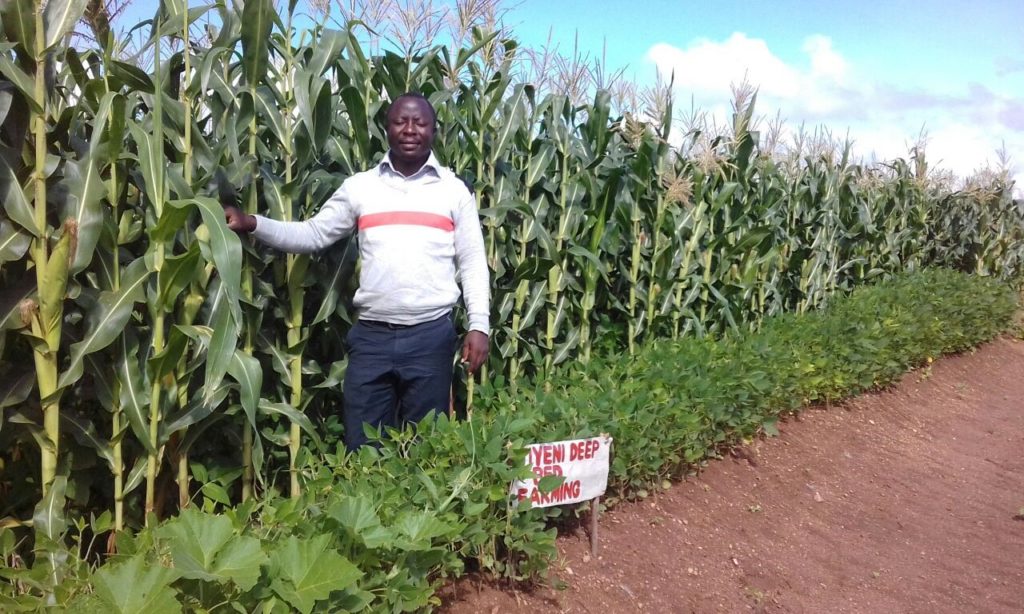Dr Alan Dixon and Albert Mvula from the University of Worcester’s Department of Geography have been researching the social-ecological sustainability of a new farming system in Malawi…
In its 5th assessment report on the impacts of climate change, the IPCC (2014) placed sub-Saharan Africa at the front line of climate unpredictability, suggesting that it is here where people will be the most vulnerable to change due to their impoverished development status. Nowhere is this more evident than Malawi where approximately 70% of the population live below the poverty line. In recent years Malawi has experienced severe drought and flooding, which has been attributed to climate unpredictability but also the fragile and vulnerable nature of its agricultural systems. In 2016 alone, 2.8 million Malawians faced food insecurity as a result of these ‘extreme’ climatic events.
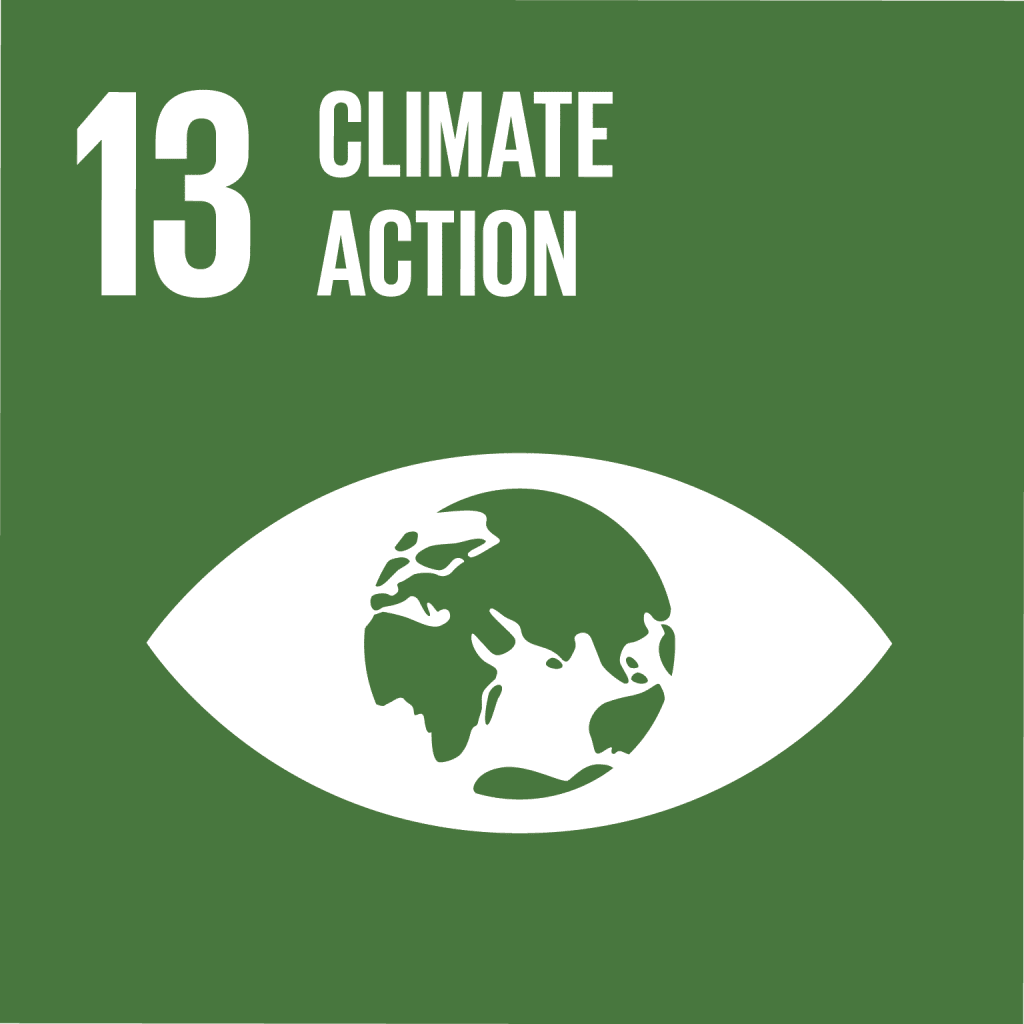
Around 11 million people in Malawi depend on subsistence agriculture, with maize accounting for around 80% of all production. Maize is promoted and subsidised by the government but not everyone can access the subsidy, and in the absence of much farm diversification agriculture is vulnerable to economic as well as environmental shocks. Moreover, population pressure, tenure insecurity, agricultural intensification and deforestation have been linked to an increase in land degradation in many areas; an assessment by FAO (2016) estimated soil erosion rates of up to 39 ton/ha/yr for Malawi’s northern Region. This, combined with the lack of farmers’ access to livelihood assets such as land, labour, infrastructure, finance and equipment, has created not only a situation of chronic and persistent food shortages, but also one of poor livelihood resilience and adaptive capacity.
However, much is being done in Malawi to address this situation. In recent years, national and international NGOs have increasingly focused on ways of enhancing resilience and sustainable livelihoods through the promotion of a wide range of practices that support climate-smart agriculture. Among these have been Conservation Agriculture (CA), which the IPCC (2014; p1203) highlights as “…a viable means for strengthening resilience in agroecosystems and livelihoods that also advance adaptation goals”.
What is Conservation Agriculture?
From a growing recognition that food security at the local level can be addressed through sustainable agroecological practices, CA has emerged as “… an approach to managing agro-ecosystems for improved and sustained productivity, increased profits and food security while preserving and enhancing the resource base and the environment” (FAO, 2008). The principles underlying CA include:
1) ‘Zero tillage’ – by avoiding mechanical soil disturbance a looser soil structure can enhance water infiltration, organic matter accumulation, carbon sequestration and root growth;
2) ‘Permanent organic soil cover’ – cover crops or mulching protects the soil against desiccation, compaction and erosion, while also promoting a micro-environment that supports the growth and development of beneficial soil organisms;
3) ‘Diversification of crop species grown in sequence or association’ – the integration of multicropping and agroforestry helps ensure a constant recycling of nutrients, diversity in soil structure, and a reduced risk of the problems associated with persistent weeds, pests or diseases.
The attractiveness and proliferation of CA, particularly among development NGOs, has been fuelled by its promise of sustainable livelihood outcomes based on a reduced dependency on agrochemical inluts and extension support. In effect, CA has been seen as a good example of ‘appropriate technology’ that can be modified and informed by farmers’ own site-specific understanding of their environment and livelihood resources, and hence facilitate community-based agricultural adaptations (Kassam, 2016). In the fight against climate change in northern Malawi, CA has been driven by a small NGO called ‘Tiyeni’, which since 2005 has disseminated and implemented a ‘deep-bed’ farming (DBF) system of cultivation. Since 2014 staff from the University of Worcester have been working closely with Tiyeni in Malawi to investigate the sustainability of DBF in terms of its environmental and livelihood impacts.
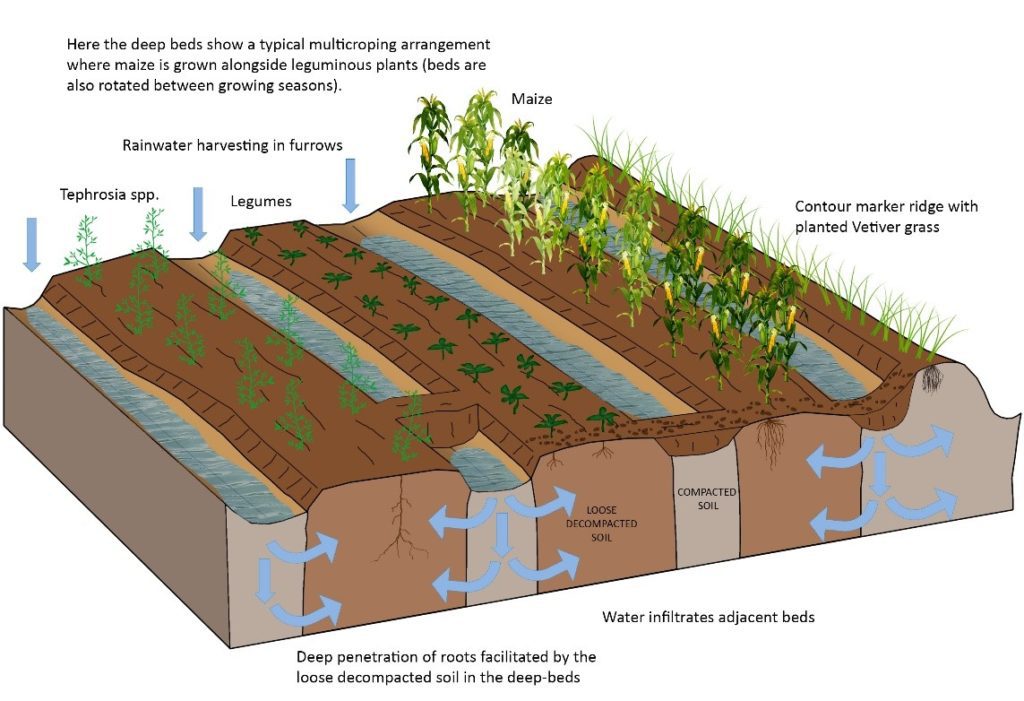
Tiyeni’s ‘deep-bed’ farming system
DBF has its origins in long-standing local concerns about soil compaction and erosion, but also recognition of the potential merits of agro-ecological approaches (Shaxson et al., 2014). Since Tiyeni’s first demonstration garden was established in 2005, DBF has been refined and adopted by over 15,000 farmers throughout Malawi, and as reports of its contribution to increased and sustainable crop yields have spread from farmer to farmer there has been an exponential increase in demand for Tiyeni’s training activities.
While Tiyeni’s deep-bed agriculture system (Figure 1) incorporates many of the principles and elements of CA, its key innovation is the manual break-up and fracturing of soil hardpan that facilitates a less compacted structure conducive to deeper root development, microbiological activity and water infiltration. Farmers also construct contoured marker ridges planted with vetiver grass for stability, which provide reference points for adjacent 1m wide ‘deep’ cultivation beds, which themselves are separated by closed-end furrows. These beds are finely tilled once, as means of enhancing soil and water conservation, root growth, and the accumulation of organic matter. Intercropping maize with leguminous crops and tree species such as Tephrosia vogelii and Sesbania sesban also encourages nutrient accumulation and reduces the effects of pests and diseases. Mulching of the beds using crop residue reduces evaporation and also increases soil organic matter content, and Tiyeni trains farmers in the production and application of nutrient-rich bokashi compost that draws on a readily available supply of crop residues, animal manure, ash and maize bran.
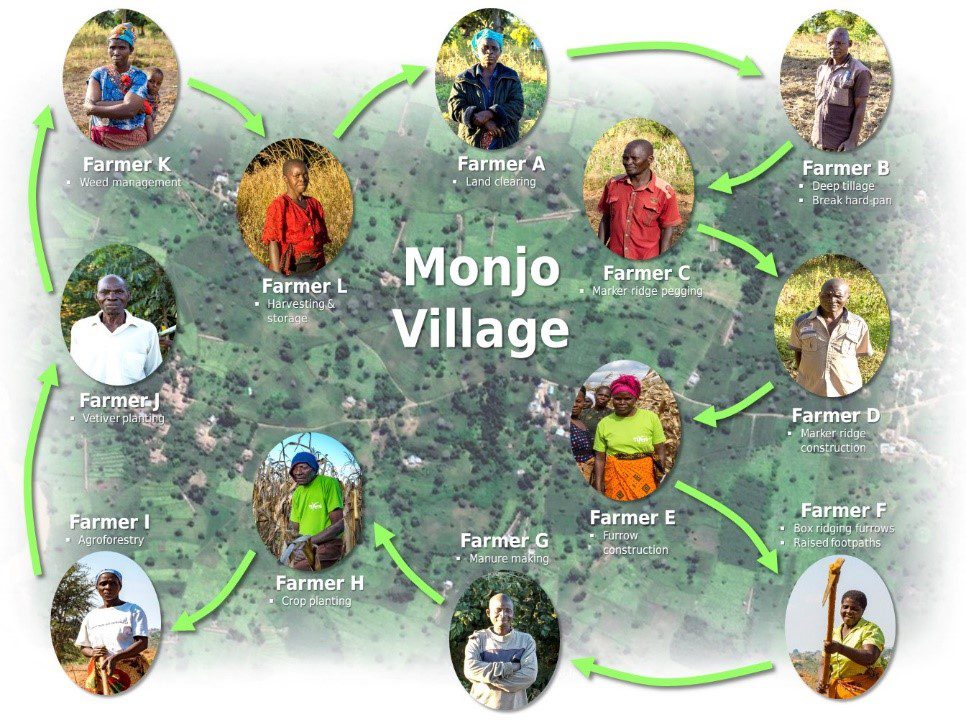
Tiyeni’s work is essentially about training subsistence farmers to apply these new techniques. Until 2017 it did this through establishing community demonstration gardens after consultation with farmers and community leaders. These sites became the focal point of training and extension in an area, where Tiyeni trained ‘lead’ farmers in the concepts and practice of DBF. Each demonstration garden received a package of pickaxes, hoes, a line level, 5kg each of NPK and Urea fertiliser, and 1kg each of maize, soya beans and groundnut seeds sourced from local agricultural dealers. Tiyeni also provides pigs and goats as a means of producing manure and generating income from the sale of animals. Farmers received extension advice from Tiyeni for three years. Over time, this demonstration system has evolved to a more decentralised one where every lead farmer sets aside a demonstration garden on their own farm, and in rotation they each host one of Tiyeni’s training activities (Figure 2). This ensures the more equitable distribution of resources and farmer esteem, and our research has indicated that it has been instrumental in facilitating wider adoption of the technique throughout the region.
Improved food security and sustainable livelihoods?
Our research from the field in recent years leaves little doubt that Tiyeni farmers who adopt DBF are able to grow more food than those using traditional ridge cultivation methods. Although they continue to experience intermittent food shortages, farmers report less vulnerability to food insecurity than would otherwise be the case in the absence of Tiyeni practices, and it is this success that has driven the huge demand for Tiyeni throughout the area. Tiyeni farmers report consistently higher crop yields (more than 100% increases in many cases):
“We didn’t believe that it would work but now we can see that the maize is growing so high … When I was using the normal method I could harvest 40kgs after planting 1kg of maize seed. Now, with 1kg of seed, I can have two bags of 90kg each”.
Although the majority of maize is being consumed within the community, some is sold at local markets and provides a cash income that funds school fees, livestock, farming equipment and even mobile phones. Beyond these more tangible impacts, farmers also benefit from enhanced human and social capital, i.e. the acquisition and sharing of new knowledge and skills.
Increased resilience and reduced vulnerability?
The idea that the Tiyeni system promotes community-based resilience to climate change is a powerful message that is being heralded by Tiyeni itself, but it is one that is borne out by farmers’ own experiences. Tiyeni farmers repeatedly cite the weather and climate change as a key factor influencing their livelihood strategies, drawing attention to unpredictable and out of season rainfall, flooding and drought:
“Climate change is a problem and I think it is affecting the whole country, but this Tiyeni technology is helping to combat climate change. When there is a dry spell the whole process of farming is affected, but because of this technology the crops during the dry season will survive.”
There is widespread acknowledgement among farmers too, that soil and water conservation practices have afforded them much greater resilience to this dynamic vulnerability context:
“This year the rains damaged many crops but here, where we have beds and box ridges, there was no washing away”.
“…all the rainwater infiltrated into the ground and the deep-beds kept some moisture for a longtime, which helped crops to withstand the dry spell.”
Once again, this increased resilience to climate-induced shocks and pressures, has been further enhanced by knowledge transfer networks that Tiyeni has helped create through its system of lead and extension farmer empowerment. This provides an excellent ‘breeding ground’ for new ideas and practices to evolve and develop, thereby building and institutionalising adaptive capacity within communities. It remains to be seen whether these benefits are sustainable in the long-term, especially given such rapid rates of change in the area, but our on-going research suggests that farmers continue their engagement with the various elements of Tiyeni’s DBF system long after extension support has ceased, not least because they can see the benefits of doing so.
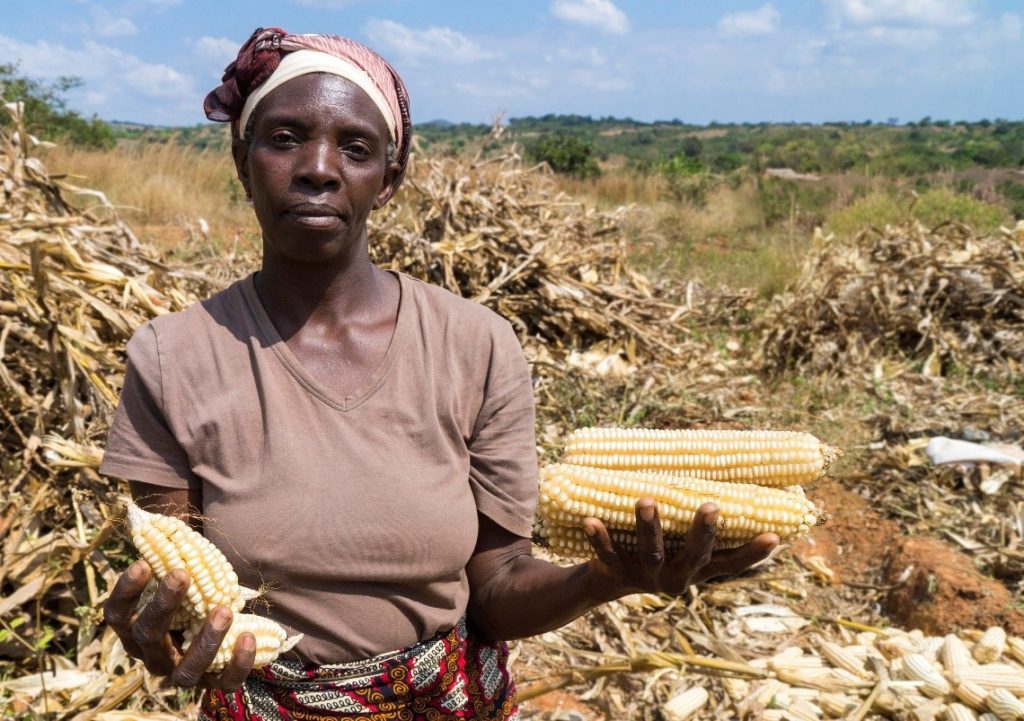
Conclusions
There is little doubt that smallholder subsistence farmers across sub-Saharan Africa will suffer most from the impacts of climate change this century, and that a key challenge for development organisations (and indeed farmers themselves) is how to embed agroecological resilience into community-based strategies. Our on-going field research in Malawi suggests that Tiyeni’s DBF is achieving this in a manner which brings instant and tangible livelihood benefits to people in a way that does not degrade the natural resource base on which these benefits depend. While it does depend on some external support and knowledge dissemination in the first instance, its partnership with farming communities over the last decade has driven the development of a unique social-ecological adaptation that is in many ways a direct response to the need for climate-resilient agriculture in the region.
For more information on Tiyeni visit http://www.tiyeni.org, or discover how this research informs our learning and teaching in Geography here.


To read Alan and Albert’s latest research article on the Tiyeni DBF system please visit: https://doi.org/10.1080/21683565.2020.1819513
